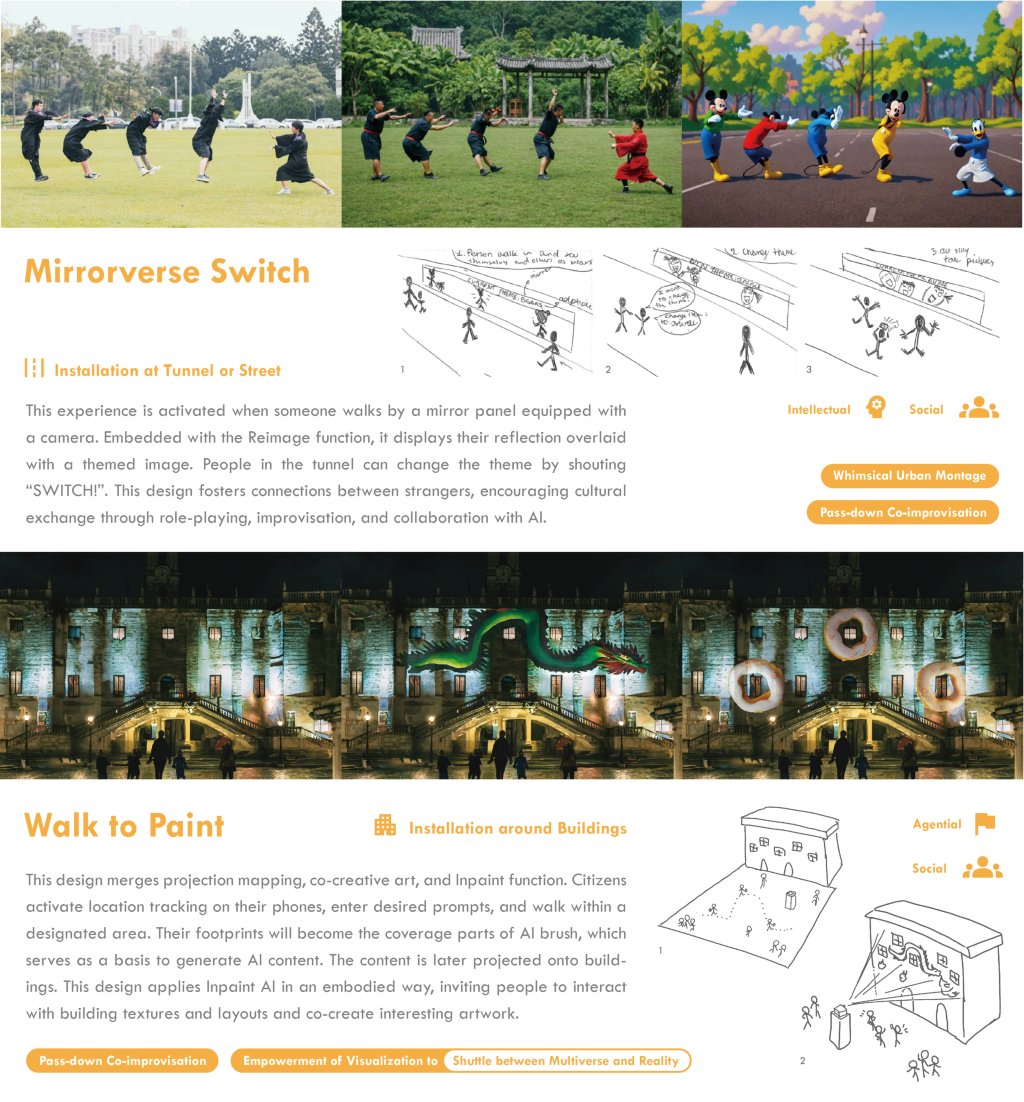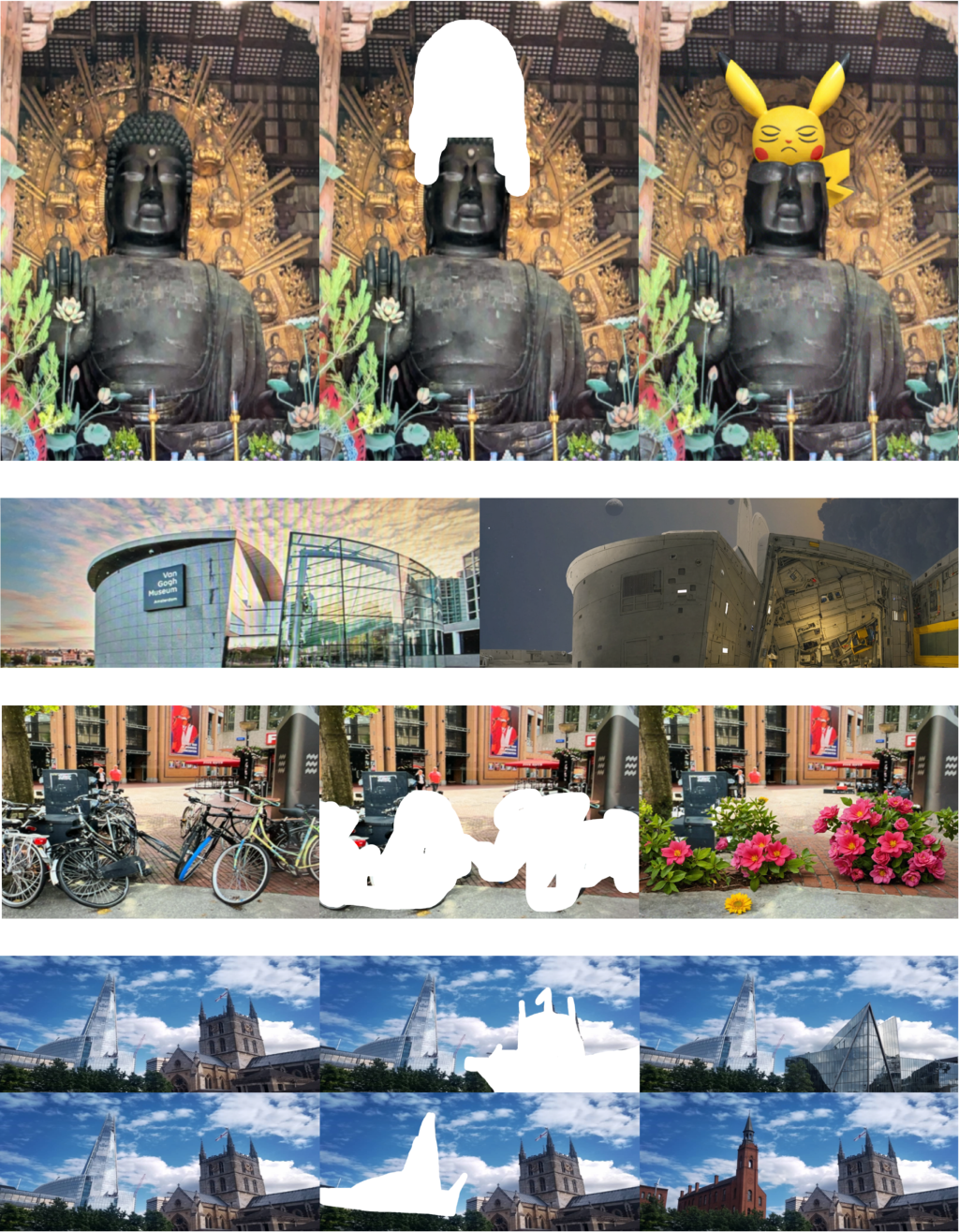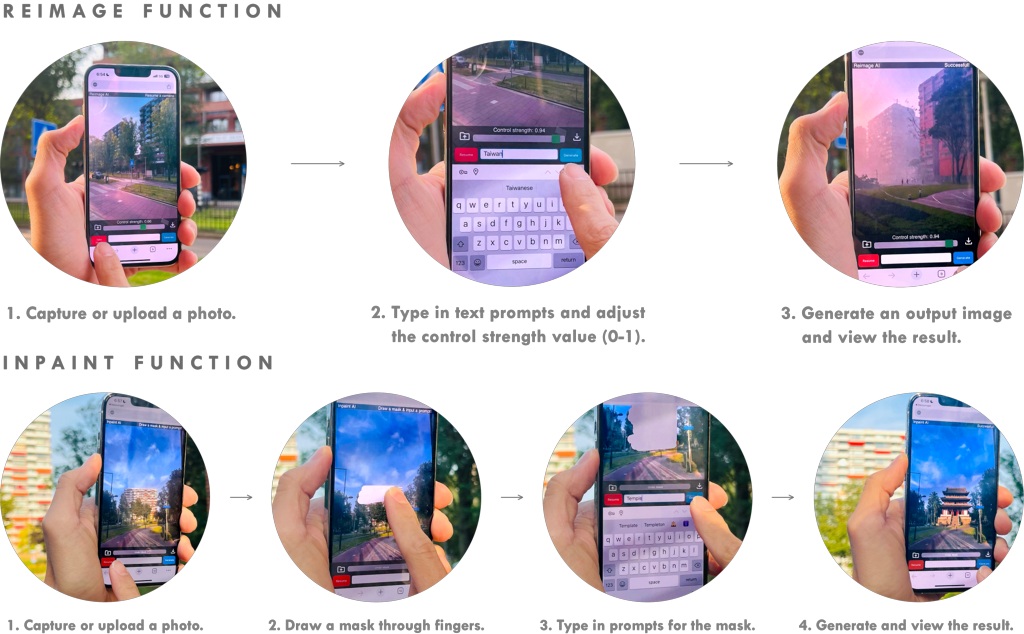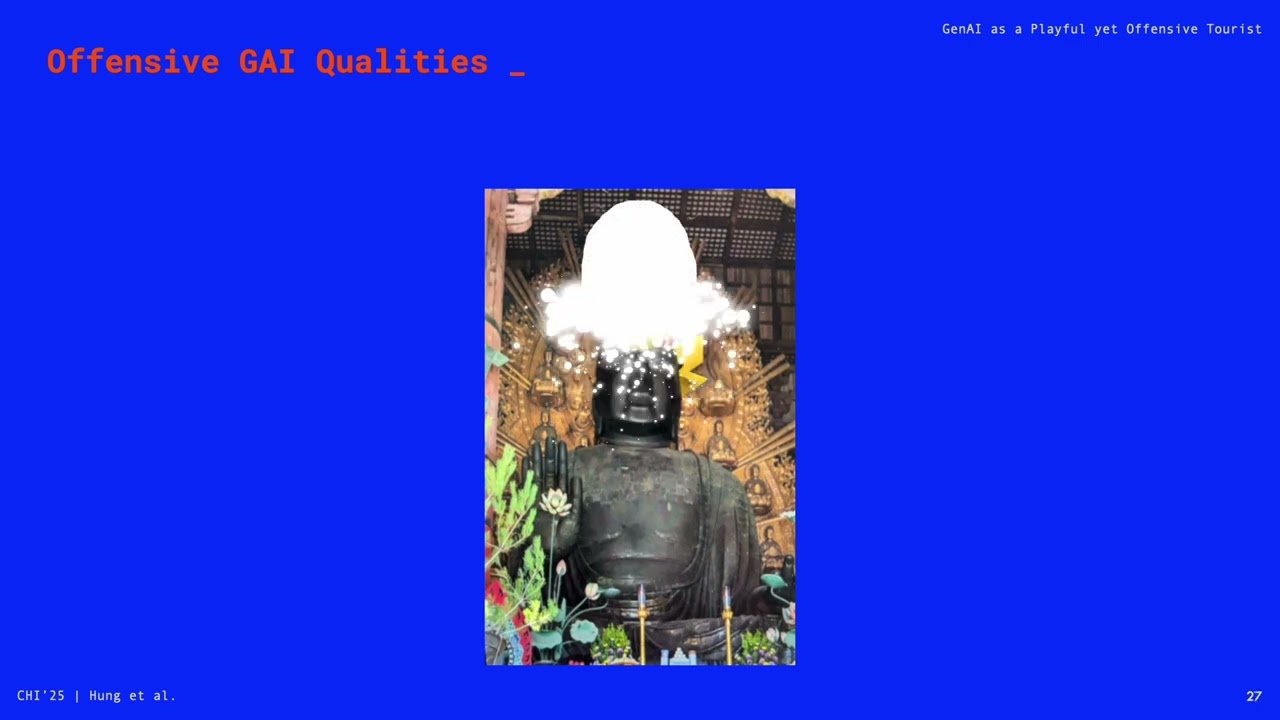Generative AI as A Playful yet Offensive Tourist
Generative AI (GAI) offers new ways to playfully reimagine cityscapes for placemaking, but it can also challenge cultural norms, disrupt city operations, and provoke citizen concerns. This project explores how generative AI can empower citizens to creatively engage with their cities—while raising ethical and design questions about misalignment, misinformation, and inclusivity. It invites us to explore:
How can we play with AI while protecting the precious meanings of our cities?
Our cities thrive not only through infrastructure but also through meaningful human experiences. The concept of urban play champions cities as stages for joy, curiosity, and social interaction. Recent advancements in GAI introduce new opportunities for such play, allowing citizens to visually transform their environments. However, these tools also raise significant questions. Could GAI distort cultural memory, unintentionally promote misinformation, or even encourage unsafe behavior? This project addresses the critical gap between GAI’s promising creative power and the risks it poses when integrated into public life. Our goal is to explore how to responsibly apply GAI to urban interaction without compromising civic values and safety.

To investigate these tensions, the team developed iWonder, a mobile image-to-image GAI tool. This tool enables users to capture urban scenes and creatively modify them using text prompts—either by subtly “reimagining” elements or “inpainting” specific areas. 14 designers used iWonder during exploratory walks in both Dutch and Taiwanese cities, then participated in ideation workshops. They generated six unique urban play design concepts, such as “Mirrorverse Switch” and “Walk to Paint.” They were later evaluated by 14 citizens of diverse backgrounds. Participants used iWonder themselves to prototype designs, offering authentic, situated feedback. This approach allowed the researchers to document playful experiences while surfacing underlying risks. Findings revealed six distinct playful features and five citizen concerns, which were distilled into GAI playful and offensive qualities and the tourist metaphor. These insights informed a balanced set of design considerations aimed at enhancing creativity without undermining shared urban meaning.

This project is timely and relevant to the evolving intersection of AI, design, and public space. As GAI tools become more embedded in daily life, particularly through mobile devices, understanding their social and ethical implications is essential. iWonder opens new pathways for inclusive city-making, enabling playful storytelling and reflection. However, risks like biased outputs, cultural misrepresentation, and visual misinformation can diminish public trust. The project introduces the metaphor of GAI as a “playful yet offensive tourist,” emphasizing both its creative energy and potential for disruption. By surfacing tensions and offering practical design considerations, this work contributes to the discourse among city stakeholders, HCI designers, and researchers on AI ethics, civic engagement, and urban futures.


Share
Contacts
- -
- -
- -
- -
